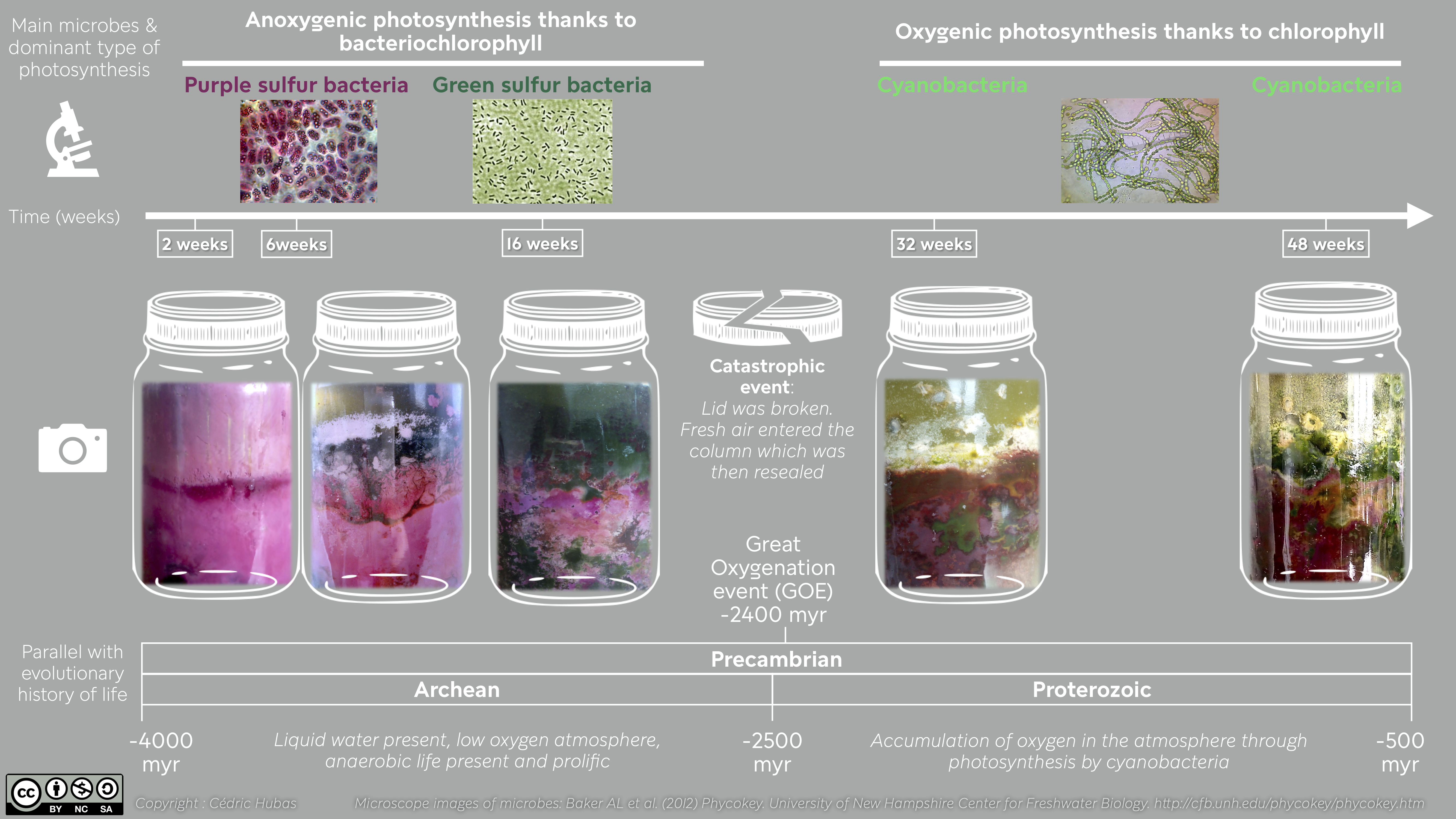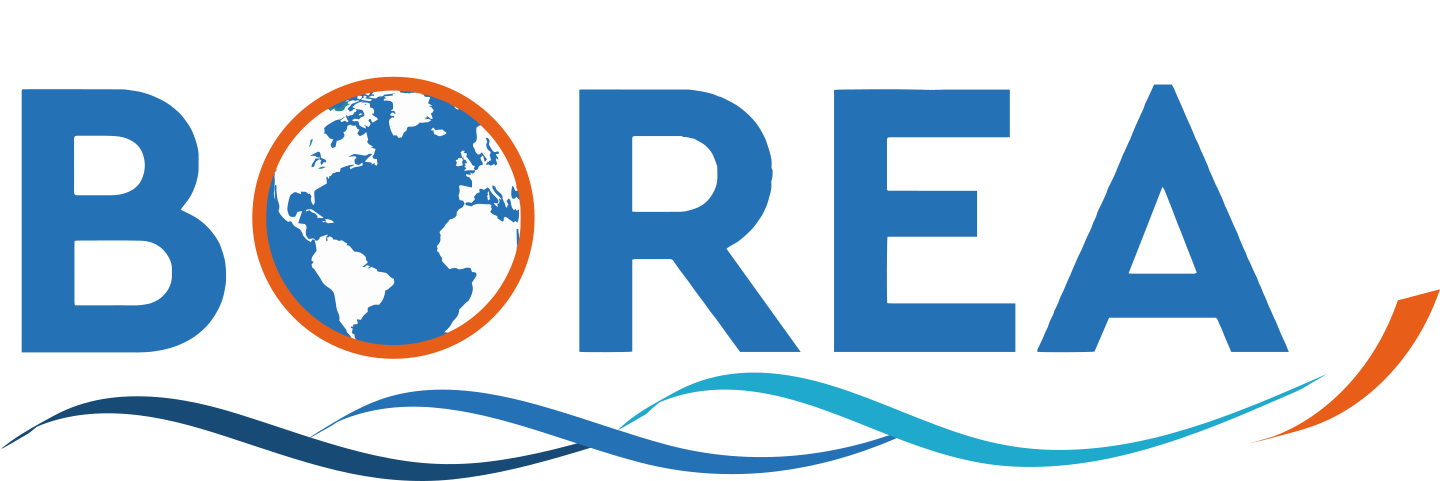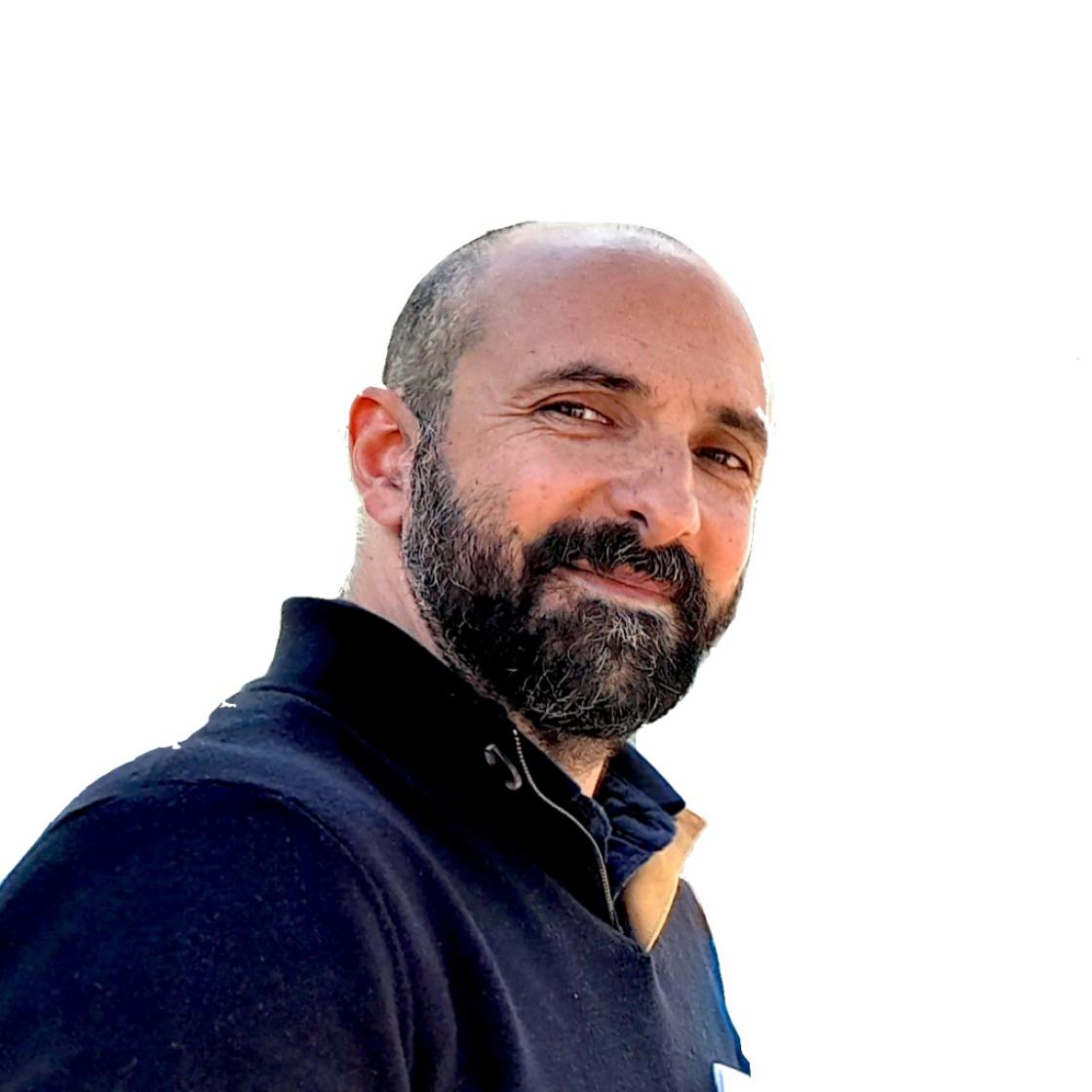Microbial Ecologist at the French National Museum of Natural History, within the BOREA unit (Biology of Aquatic Organisms and Ecosystems). I am based at the Concarneau Marine Station for my research.
For over twenty years, my research has focused on the diversity, structure, and functions of microbial communities, particularly in microbial assemblages known as biofilms or microbial mats. I study how these communities interact with their environment (in marine or freshwater settings), respond to disturbances, and contribute to the functioning of aquatic ecosystems.
My scientific career began with a PhD in 2006 dedicated to interactions within marine biofilms, their involvement in major biogeochemical cycles, and their sensitivity to pollutants. Between 2012 and 2018, I developed an integrated approach combining biochemical analyses (pigments, lipids, exopolymers), ecophysiology, biogeochemistry, trophic ecology, ecotoxicology, laboratory experimentation, and in situ observation, in order to build a unifying perspective on biofilms. This work led to my Habilitation à Diriger des Recherches (HDR, or Accreditation to Supervise Research).
Today, my research is oriented toward contemporary environmental challenges: pollution, climate change, and the resilience of coastal habitats. To address these issues, I use tools such as metabolomics, chemical fingerprinting, metabarcoding, and integrated microbiome–metabolome approaches.
Through my publications and collaborations, I strive to better understand and highlight the fundamental role of microbial communities in the functioning of aquatic ecosystems.
I am also interested in science communication, invisible biodiversity (microorganisms, micro-invertebrates such as tardigrades), and in showcasing the role of microorganisms in ecosystem dynamics.
References:
HDR Thesis: Biofilms, mats and microbial aggregates: towards a unifying vision (in French).
I primarily teach marine ecology and statistics (both univariate and multivariate), and I am also responsible for two course modules at the National Museum of Natural History (MNHN):
TC3-ini – Introduction to Statistics and Probability (link)
ES10 – Coastal Marine Biodiversity: From Genes to Organisms (link).
My commitment goes beyond the classroom. I also share the results of my research on social media and explain major advances in the fields of marine ecology and statistics. I strongly believe that sharing knowledge is essential to raise public awareness about the importance of protecting our marine environment.
Speaking of knowledge sharing, I also enjoy conducting experiments to illustrate key concepts in marine ecology. One such experiment was documented in a poster, highlighting observable changes in a Winogradsky column. This poster is available for download at the following DOI:

I am in charge of the meiofauna (http://www.mnhn.fr/fr/collections/ensembles-collections/invertebres-marins/meiofaune) and siponcle collections.
The meiofauna collection gathers nearly 800 different species (and as many types) on slides, corresponding to more than 3000 microscopic preparations, the inventory of which is computerized with JACIM. This collection includes 8 different phyla (Annelida, Gastrotricha, Kinorhyncha, Loricifera, Nematoda, Platyhelminthes, Rotifera, Tardigrada) and is accompanied by an important library on various groups living in the interstitial environment.
I have been participating in the Water Framework Directive (WFD) "mangrove" working group since 2016. The aim of the working group is to respond to requests from the Ministry and the French Biodiversity Office (OFB) regarding the definition of indicators of good ecological status for coastal mangroves.
- Responsible for EU ES10 and TC3-ini
- Co-leader of the Somaqua team
- Scientific manager of the MEB-FEG department of the Concarneau Marine Station


